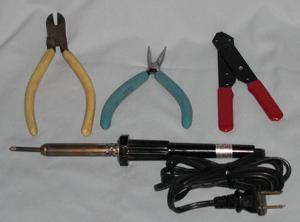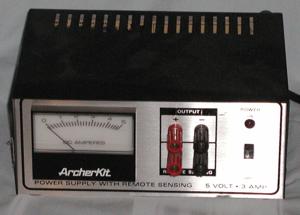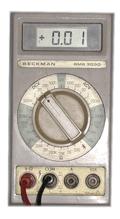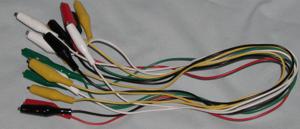| By: Chuck McManis |
January 23rd, 2002 |
Overview
Generally you will not have any tools to build electronic gadgets, unless you already build electronic gadgets. And while you can, as with any field, spend infinite money on tools, here are some simple recommendations to get you started.
|
Basic Hand Tools
|
 |
|
A Good Power Supply
|
 |
|
A Digital Multimeter
|
 |
|
A Digital Logic Probe
|
 |
|
Clip Leads
|
 |